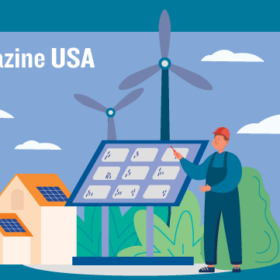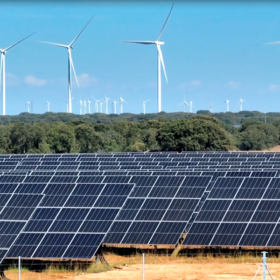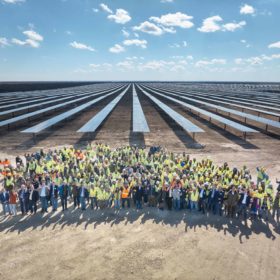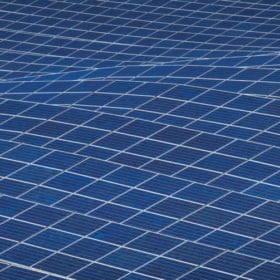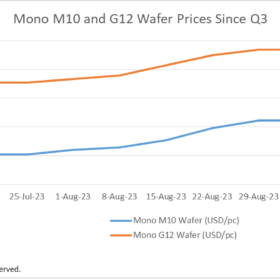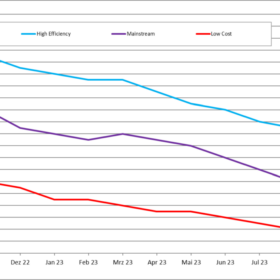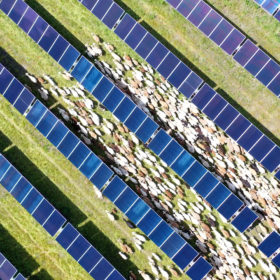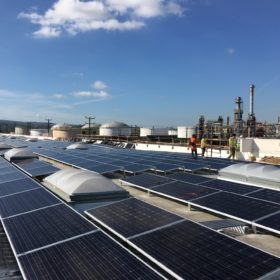Sunrise brief: Maine residents vote against creating new utility
Also on the rise: U.S. solar electricity generation to surpass hydropower in 2024. China expected to dominate solar manufacturing through 2026. And more.
NREL anticipates rising utility-scale costs, decreasing residential costs
The National Renewable Energy Laboratory has updated its annual cost modeling tool in light of the Inflation Reduction Act, revealing increased labor costs for utility-scale solar projects and predominantly lower hardware costs due to new manufacturing tax credits.
Sunrise brief: 3Sun to offer Oklahoma-built modules by 2025, perovskites possible by 2027
Also on the rise: Solar cell prices are expected to hit fresh record lows following China’s Golden Week. Aqua Metals, 6K plan first circular supply chain for lithium batteries in the U.S. And more.
Solar PV LCOE expected to slide to $0.021/kWh by 2050, DNV says
By mid-century the levelized cost of energy (LCOE) for solar PV will be $0.021/kWh, a new report by risk management company DNV predicts. The learning rate for solar is predicted to decrease from 26% to 17% by 2050.
Solar construction costs dropped following pandemic, per EIA data
Since the pandemic began in 2021, module prices have continued to fall, hitting a two-year low globally in April 2023. In the first two months of 2023, average U.S. module prices were $0.36 per Wdc, down 11% quarter-over-quarter.
Sunrise brief: Solar wafer prices fall for first time in three months
Also on the rise: California ends summer with 5 GW energy storage record. Sunnova secures $3 billion Department of Energy loan. And more.
Solar wafer prices fall for first time in three months
In a new weekly update for pv magazine, OPIS, a Dow Jones company, provides a quick look at the main price trends in the global PV industry.
Solar module prices are falling, with no end in sight
Solar module prices have never fallen so sharply in such a short period of time. One reason for this is the “PV module glut” in warehouses in Europe, according to pvXchange’s Martin Schachinger.
The economics of solar grazing
A survey conducted by researchers at the University of Illinois, combined with prior research, details what solar grazers have purchased when building out their businesses and what they earn. Additional documentation highlights complex grazing business plans on large utility-scale solar facilities.
Statewide RPS platforms require 300 TWh of clean energy by 2030, 800 TWh by 2050
Renewable portfolio standard policies require total non-hydro renewables generation to reach 28% of electricity sales by 2050 compared to 17% today, according to a Berkeley Lab report.
